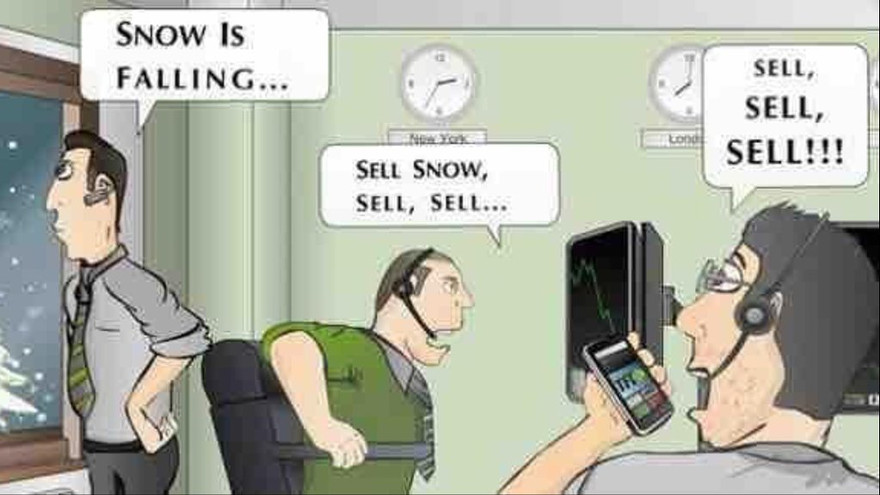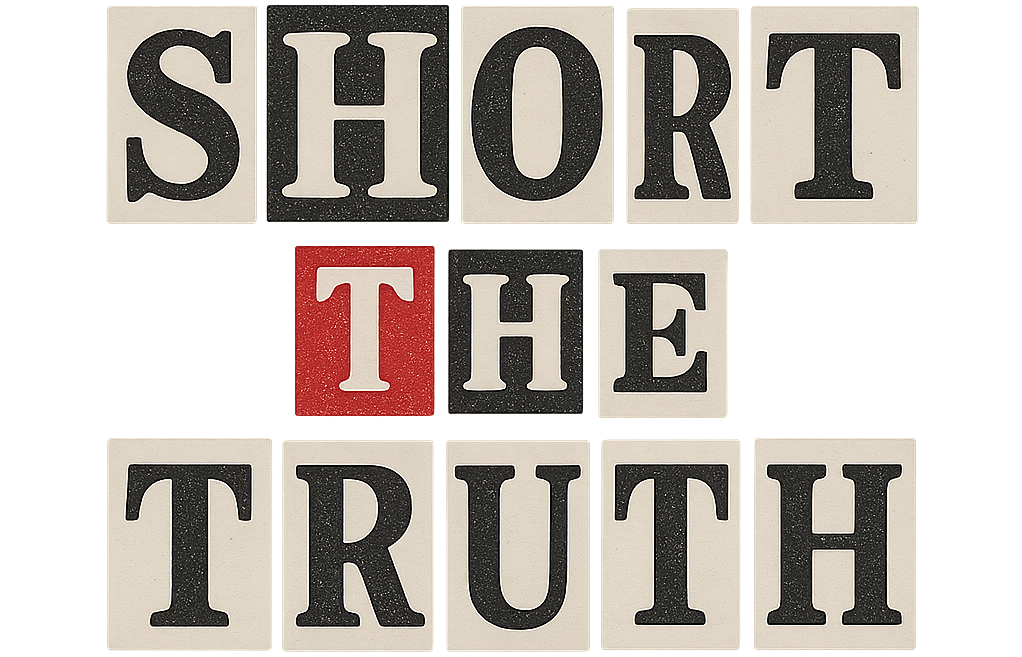The U.S. stock market has officially blasted into uncharted territory, with valuations now so high that even the ghosts of the dot-com bubble are shaking their heads and muttering “bit much, isn’t it?” The S&P 500 has jumped almost 10% so far this year, powered almost entirely by a handful of mega-cap tech companies and the idea that artificial intelligence will somehow do your laundry and file your taxes before the decade is out.
According to the so-called Buffett Indicator, which compares the size of the stock market to the economy, valuations have hit 2.15 times GDP. For context, the dot-com bubble peaked at 1.4. Back then, Pets.com was valued at more than British Airways. Today, Nvidia alone is worth more than several European countries combined, and analysts are already asking whether AI can be trained to generate GDP just to keep the ratio in check.
I don’t even look at earnings reports anymore. I just buy whatever stock has the word ‘AI’ in it. Last week I bought shares in a smoothie bar called ‘A.I. Juice’ by accident and doubled my money in two days
Hedge Fund Manager
The S&P’s price-to-book ratio has also hit 5.3, surpassing the dot-com era, which is financial jargon for “these numbers don’t make sense anymore but people keep buying so what can you do.”
Driving the mania is the so-called “Magnificent Seven” of tech stocks: Microsoft, Apple, Nvidia, Amazon, Alphabet, Meta, and Tesla, which together now represent a chunk of the market so large it could technically apply for statehood. Investors seem convinced that AI will deliver limitless profits, ignoring the fact that most AI products currently produce blurry stock photos of cats with five legs.
Meanwhile, bond yields have risen to 4.9%, which in the past would have spooked investors into selling stocks. But this time nobody cares. Analysts call it “recession-proof thinking,” also known as “everyone has forgotten what recessions feel like.”
History suggests narrow rallies like this often end badly. The dot-com bubble burst, the housing bubble burst, even the Beanie Baby bubble burst. But for now, investors are celebrating earnings growth in tech and finance while ignoring the fact that energy, utilities, and industrials are flatlining.
For India and other emerging markets, the warning lights are flashing. A U.S. correction could spark capital flight, sink the rupee, and raise inflation. On the other hand, if Wall Street stays overvalued, global investors might eventually turn to India’s cheaper markets, especially since Indian equities offer something U.S. markets don’t: companies that still make actual things.
The takeaway? U.S. stocks are higher than they’ve ever been, optimism is blinding, and history says corrections always come sooner or later. But as one Wall Street trader put it between sips of an $18 oat latte: “Yes, it’s a bubble, but if it’s a bubble, it’s my bubble, and I’m going to ride it until it pops.”



